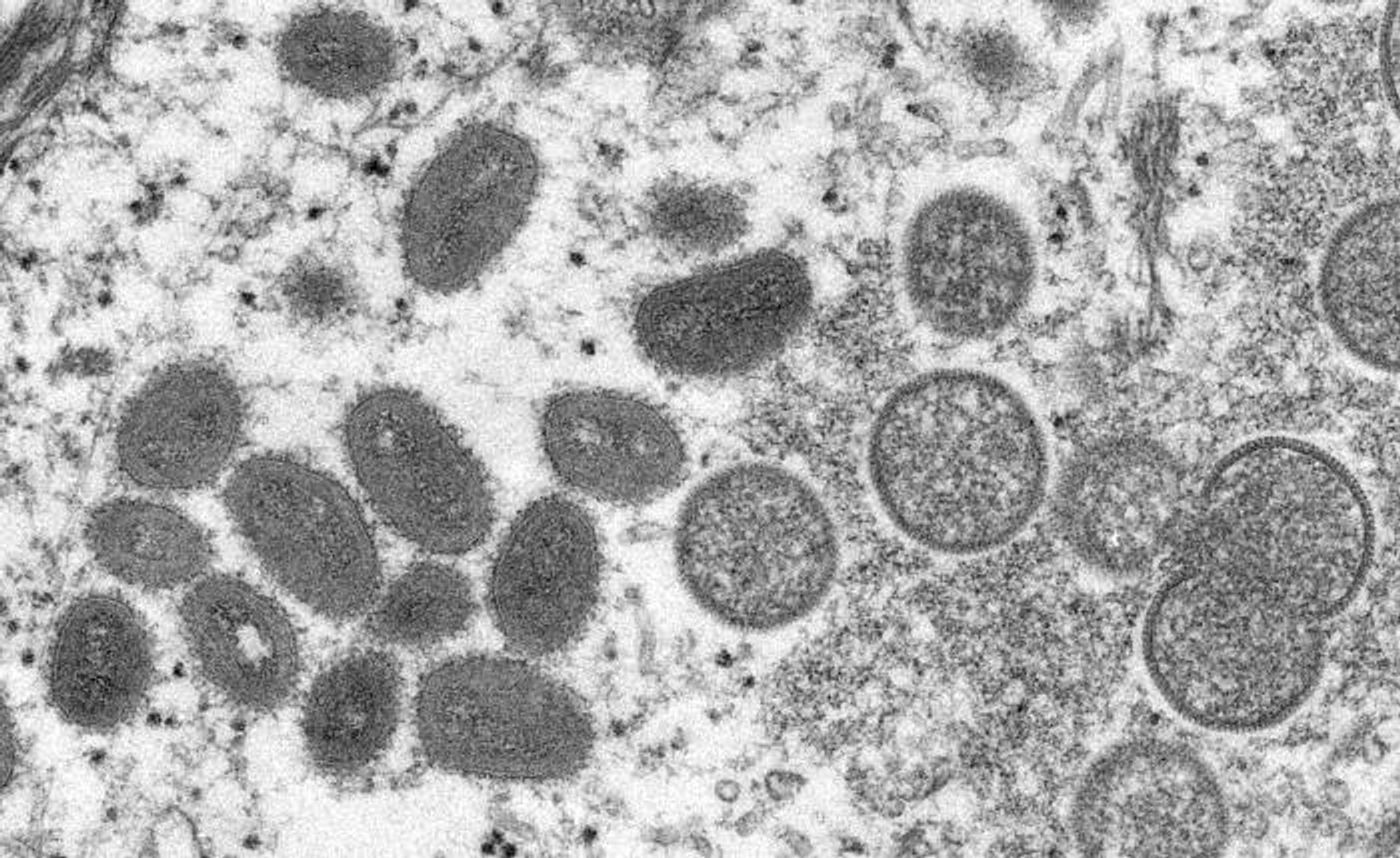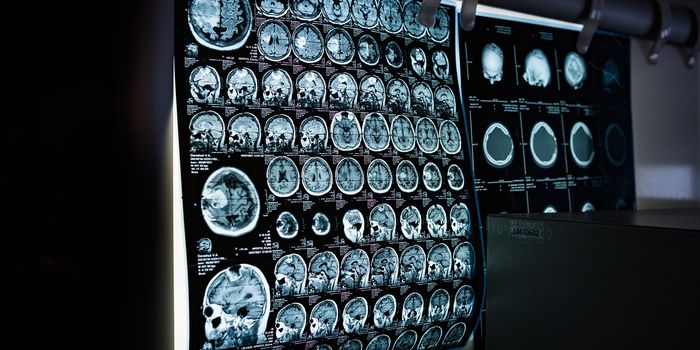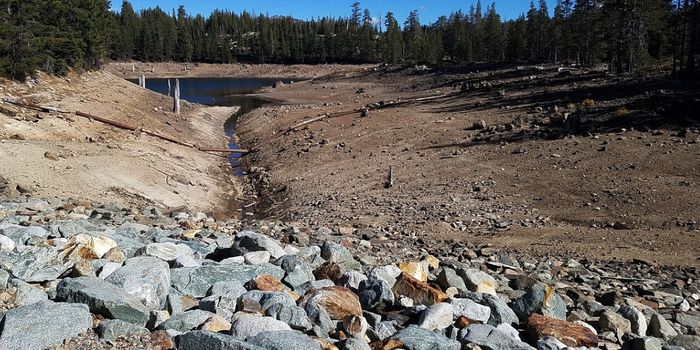Monkeypox Updates: Transmission, Symptoms, and Treatment
With the 2020 Covid lockdowns still fresh in our minds, the recent outbreak of monkeypox in the United States has many people on edge. But what is monkeypox? How significant is this outbreak? Will it get worse? How can you prepare? These are alarming questions that people across the world are asking right now, and here we hope to answer at least a few of them.
What is Monkeypox?
Monkeypox is a member of the orthopoxvirus genus, the same genus that also houses the variola virus that causes smallpox. While the name suggests the virus originated in monkeys, this is misleading. It is more likely that rodents and small mammals are the origin of this zoonotic disease, with the source of a 2003 outbreak coming from prairie dogs.
While monkeypox was first discovered in 1958, there are indications it has experienced changes in the last few years that allow it to be more transmissible between humans. The recent global monkeypox outbreak was first detected in May 2022, and has since reached over 6000 confirmed cases in the United States, and over 21,000 cases worldwide, resulting in the World Health Organization recently declaring a global health emergency.
While the most recent strain originated from West Africa, this strain is considered milder than another known strain from Central Africa. The West African strain is limited to human-to-human transmission and is associated with fewer deaths. As a result of the outbreak in the US, several states, such as California, New York, and Illinois, have also declared a state of emergency to help curtail cases. However, this declaration is not necessarily indicative of an overwhelming number of cases, rather the intent is to assist with logistical planning between state departments responding to the emergency to prevent the disease from spreading further, including accelerating vaccine distribution and educational outreach about monkeypox. The first deaths from monkeypox were reported outside of Africa only a few days ago.
How does it Spread?
Avoiding direct physical contact with someone with monkeypox is important in preventing the spread of the disease. However, the monkeypox virus can also be spread through the use of shared objects and surfaces, and through respiratory secretions. The CDC has posted several guidelines to help minimize risk of infection, many of which we are all familiar with due to the last two years of Covid:
-
Avoid large gatherings, especially if there is minimal clothing and/or direct contact with other people’s skin)
-
Wear a mask
-
Wipe down shared objects and surfaces with alcohol-based disinfectant or sanitizer
-
Avoid skin-to-skin contact with someone who has monkeypox
-
Avoid using objects or materials that a person with monkeypox has used (eating utensils, cups, bedding, towels, clothing, etc...)
According to a recent study published in The New England Journal of Medicine, 98% of infections diagnosed between April and June of 2022 involved men who have sex with men (MSM), with 95% of cases occurring from sexual activity. However, it is extremely important to note that monkeypox is not an STI (sexually transmitted infection). As reported by Richard Hollingham at the BBC, this pattern of spreading within the MSM community may be purely coincidental as, “once a disease is introduced to a community, it tends to spread within that community...there is no evidence that monkeypox passes any quicker through a population of men who have sex with men than any other group. Nor is there any evidence that it is more infectious to men than women.” In fact, the first case of monkeypox in a pregnant woman was reported at the end of July, with researchers reconsidering their overall approach to treating monkeypox in pregnant people.
Thinking of this disease as something that only affects one group of people is both dangerous and misleading.
This outbreak of monkeypox differs from the Covid-19 pandemic in that, while Covid-19 is an RNA virus able to rapidly mutate into more dangerous forms, the monkeypox virus is DNA-based and as such is “relatively stable.” So, while there have been about 50 mutations in the monkeypox virus, these variations are unlikely to affect the severity and transmission of the disease.
As of today [August 3, 2022] there are 6,326 reported cases of monkeypox in the US. You can track the numbers state-by-state through the CDC website. Keep in mind that this record only reflects reported cases.
What are the Symptoms of Monkeypox?
The monkeypox virus has an incubation period of about one to two weeks (6-13 days), with symptoms appearing anywhere from 5 to 21 days after exposure. Early symptoms are similar to those of Covid-19 and many cold viruses:
-
Fever, muscle aches, fatigue, headaches, chills, sore throat, respiratory irritation, nasal congestion, and a cough.
-
After these initial symptoms there is swelling of the lymph nodes, and the distinguishing skin lesions/rash that appear a couple of days after the onset of the initial fever.
-
The rash or skin lesions that appear will go through several stages where they remain infectious.
-
The lesions may first appear like pimples or blisters that are filled with pus. These lesions will eventually harden, scab, and fall off, with the entire process lasting up to two to four weeks.
-
It is important to note that the monkeypox can be spread throughout this healing process from when symptoms start to when the rash is completely healed, and a new layer of skin has formed. Recovery and severity of symptoms varies by age and level of immunity, with scarring of the lesion/rash areas being very common.
To view a visual clinical guide to the monkeypox rash/lesions see the CDC website (Please note that there are many images of the lesions associated with monkeypox on this page that may make some people uncomfortable).
Is there a Treatment?
The good news is that we have a vaccine that is 85% effective in preventing monkeypox, the smallpox vaccine. The downside is that large-scale smallpox vaccination efforts stopped in the 1980s when the world was declared smallpox-free. In the US, while more vaccines have been ordered, the supply is currently limited with many finding it difficult to get vaccinated even if they are considered high risk.
As with Covid, if you suspect you have monkeypox it is important to isolate yourself from others. The WHO has released a guide on how to take care of yourself at home when recovering from monkeypox that includes taking care of your rash to minimize scarring, minimizing the risk of spreading it to others, and taking care of your mental health.
Moving Forward
While monkeypox is a growing worldwide concern, the chances of it reaching the same levels of alarm as we saw with Covid is lower due to an already-effective vaccine, transmission being limited to close physical contact, and less likelihood of the virus mutating into a more transmissible disease. Regardless, it’s still important to be prepared by taking necessary safety measures and precautions to help mitigate the spread of monkeypox. Doing so will decrease the chances of infection while continuing to live a healthy personal and professional life.
Sources: Cleveland Clinic, BBC, World Health Organization, World Health Organization: Recovering from Monkeypox at Home, Centers for Disease Control and Prevention, BBC (2), Reuters, NPR, The New England Journal of Medicine, Centers for Disease Control and Prevention (2), SF.gov, Centers for Disease Control and Prevention (3), Centers for Disease Control and Prevention (4), PLOS Neglected Tropical Diseases, European Centre for Disease Prevention and Control, Gov.Uk









